Optimal Timing for Waterproofing Projects
Waterproofing is a crucial aspect of building maintenance that protects structures from moisture intrusion, which can lead to mold, wood rot, and structural damage. Proper timing ensures the effectiveness and longevity of waterproofing applications, making it an essential consideration for property owners and contractors.
Spring offers moderate temperatures and low humidity, ideal for waterproofing projects. It allows sufficient curing time before the heat of summer or cold of winter.
Early summer provides warm, dry weather suitable for waterproofing, but high temperatures later in the season may affect application quality.
Fall is suitable for waterproofing before winter, as temperatures are still warm enough and moisture levels are lower, reducing risks of application issues.
Winter conditions are generally unsuitable due to freezing temperatures, snow, and high humidity, which hinder proper curing and adhesion.
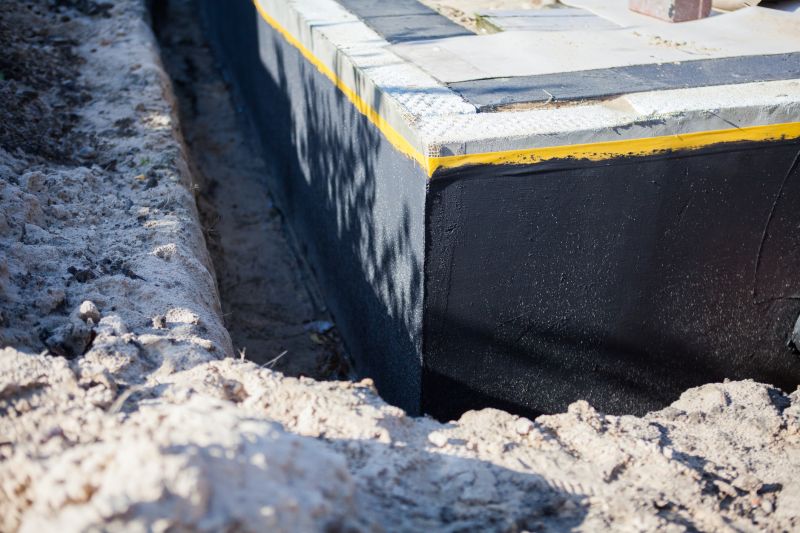
Applying waterproofing materials during spring ensures proper curing with favorable weather conditions.

Summer offers warm, dry days ideal for waterproofing projects, minimizing delays caused by weather.

Fall is a strategic time to waterproof before winter, taking advantage of stable weather conditions.
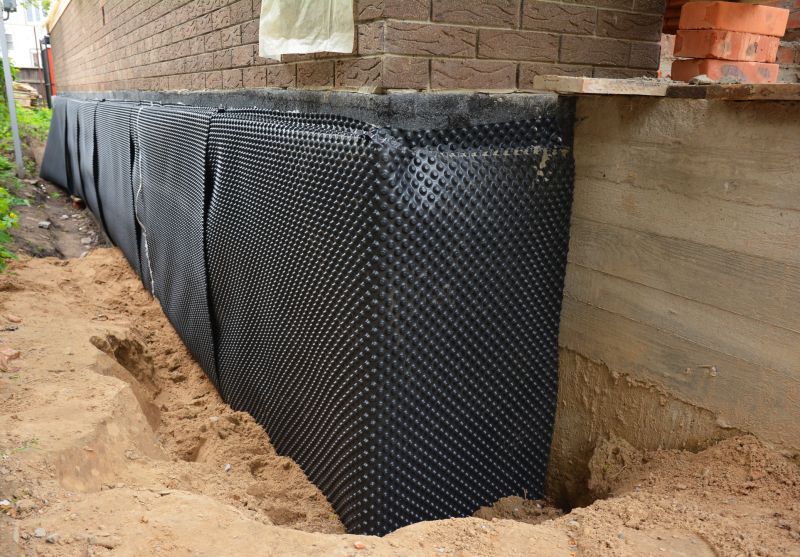
Winter weather can compromise waterproofing effectiveness due to freezing and moisture exposure.
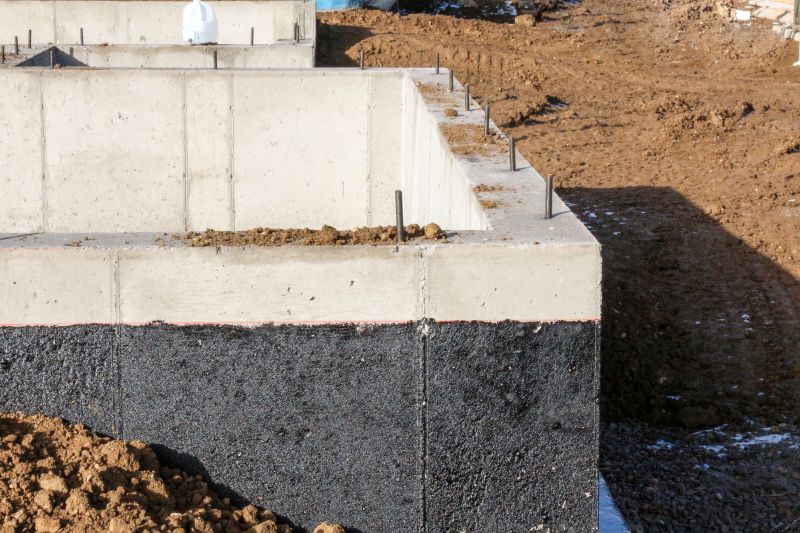
Ideal conditions include dry, mild days with low humidity for optimal results.
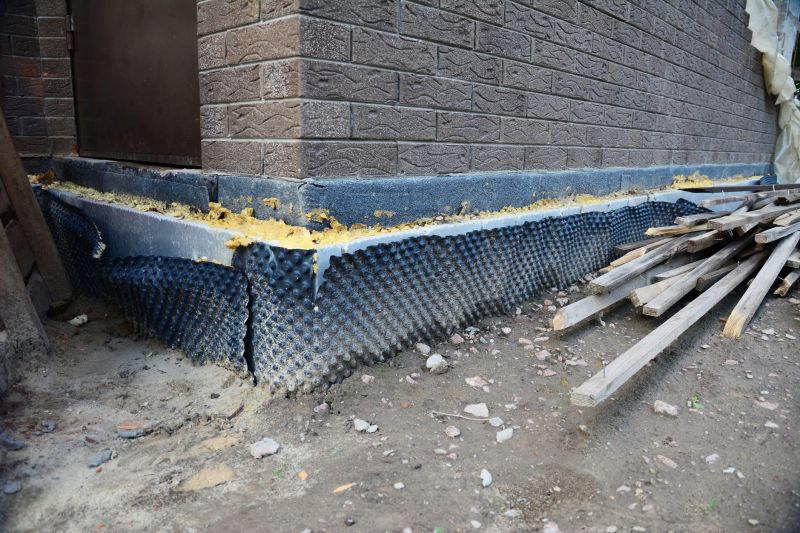
Timely waterproofing during construction prevents delays and future moisture issues.
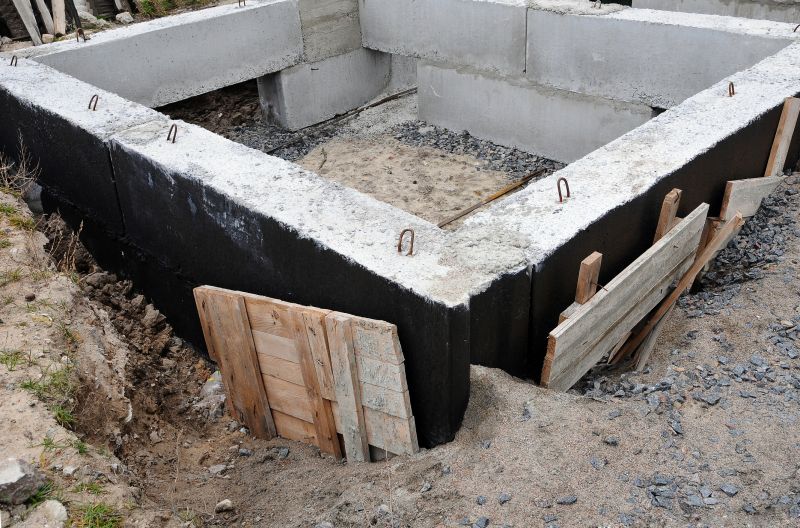
Proper timing ensures longevity of waterproofing on residential foundations and roofs.
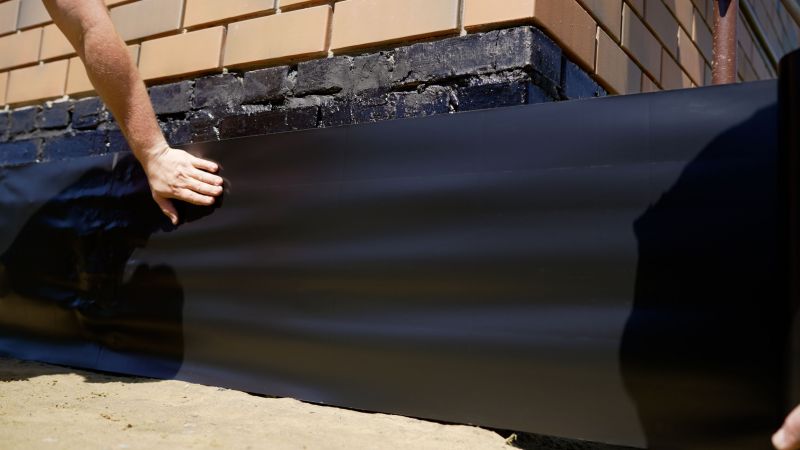
Scheduling waterproofing during favorable weather can reduce project disruptions and costs.
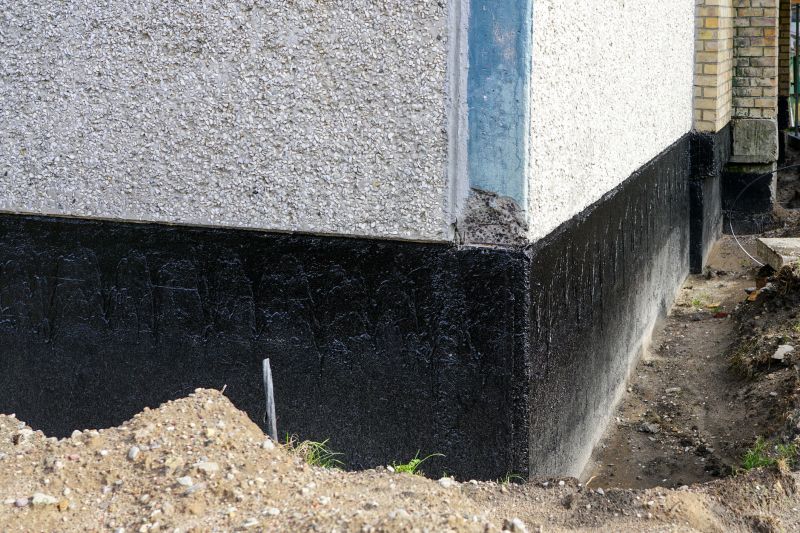
Regular inspections during suitable seasons help maintain waterproofing effectiveness over time.
| Season | Ideal Conditions |
|---|---|
| Spring | Moderate temperatures, low humidity, dry days |
| Summer | Warm, dry weather, early season |
| Fall | Stable weather, mild temperatures, low moisture |
| Winter | Freezing temperatures, snow, high humidity |
Waterproofings involve applying specialized materials to prevent water penetration in structures such as foundations, roofs, and basements. Advances in waterproofing technology have increased durability and application efficiency, with market growth driven by the need for long-lasting building protection. Studies show that properly timed waterproofing can extend the lifespan of structures by decades, reducing repair costs and structural risks.
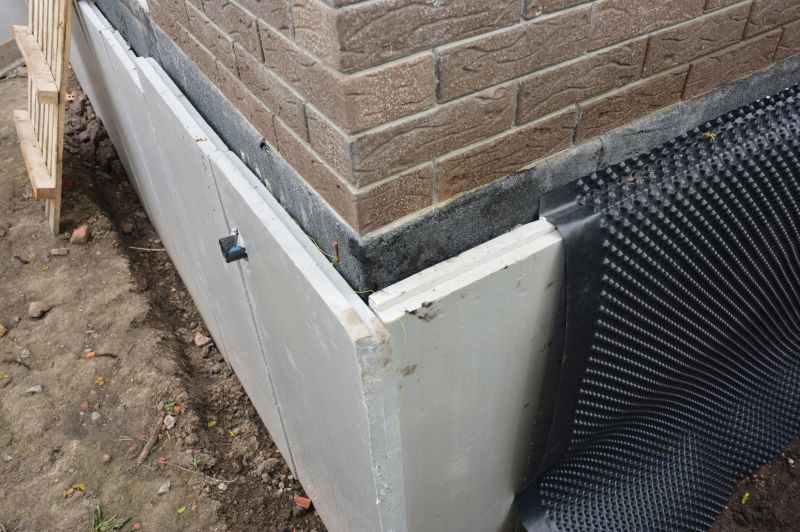
Application of waterproofing membranes on building foundations.
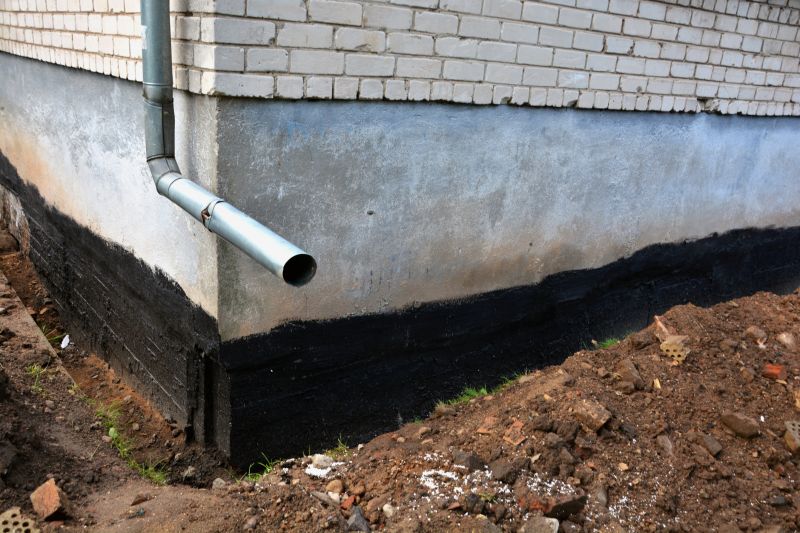
Dry, mild days are ideal for applying waterproofing coatings.
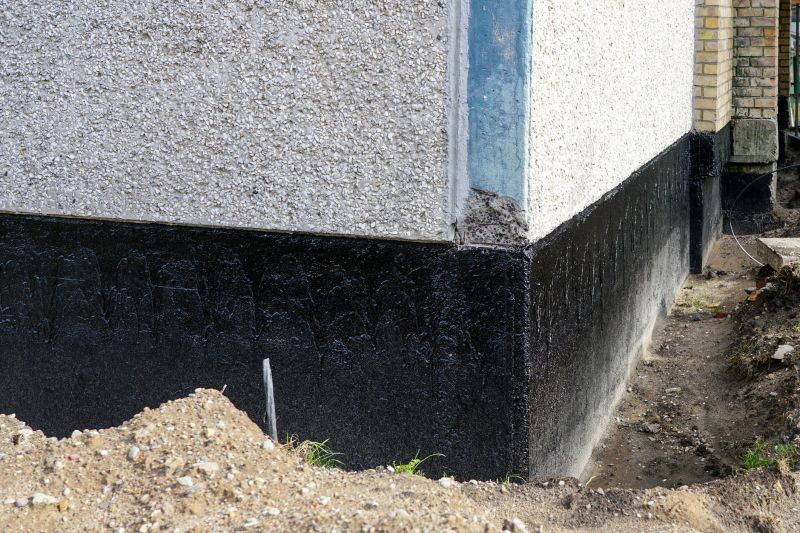
A completed waterproofing application on a commercial building.
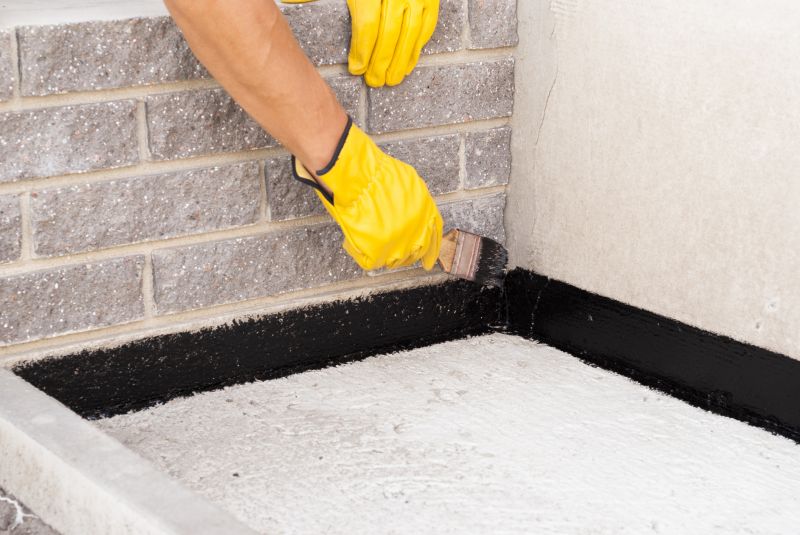
Surface cleaning and preparation before applying waterproofing materials.
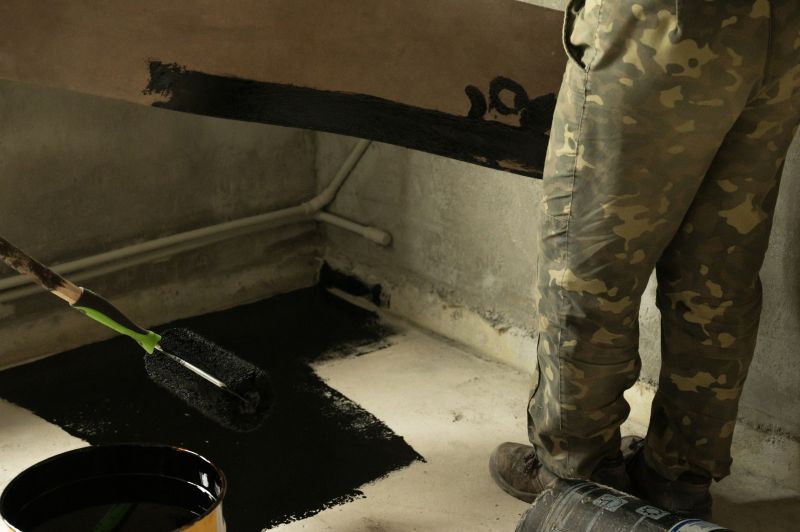
Ways to make Waterproofings work in tight or awkward layouts.
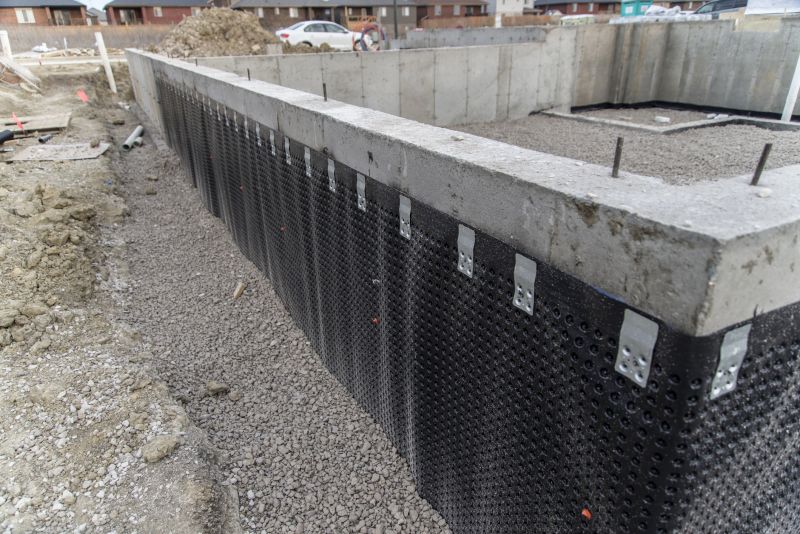
Popular materials for Waterproofings and why they hold up over time.
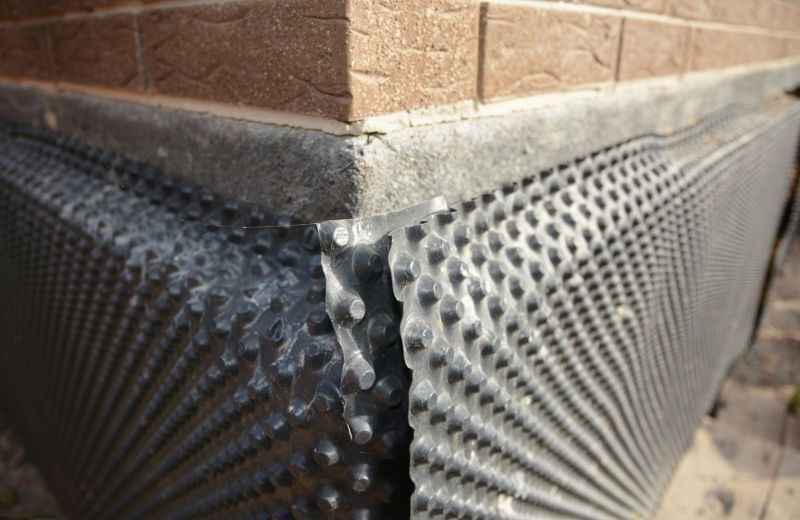
Simple add-ons that improve Waterproofings without blowing the budget.
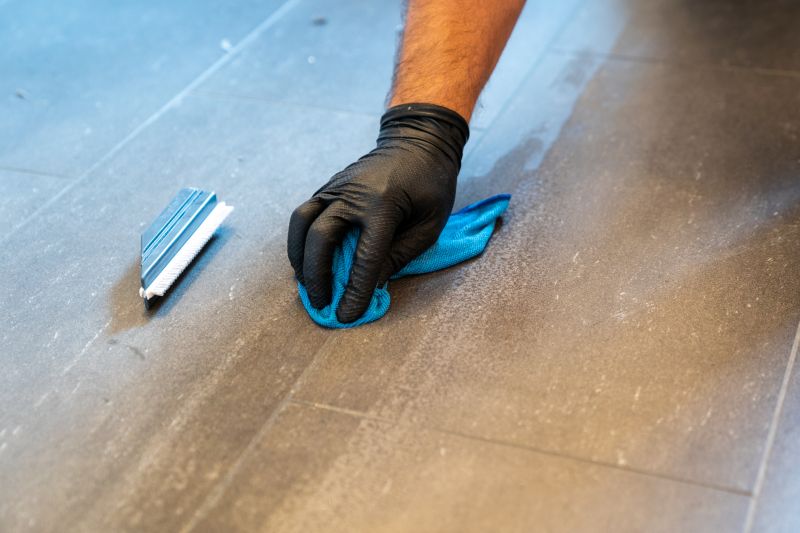
High-end options that actually feel worth it for Waterproofings.
Interested property owners or contractors seeking to optimize waterproofing effectiveness are encouraged to contact for further information or assistance. Proper timing, combined with quality materials and techniques, ensures long-lasting protection against moisture intrusion.

